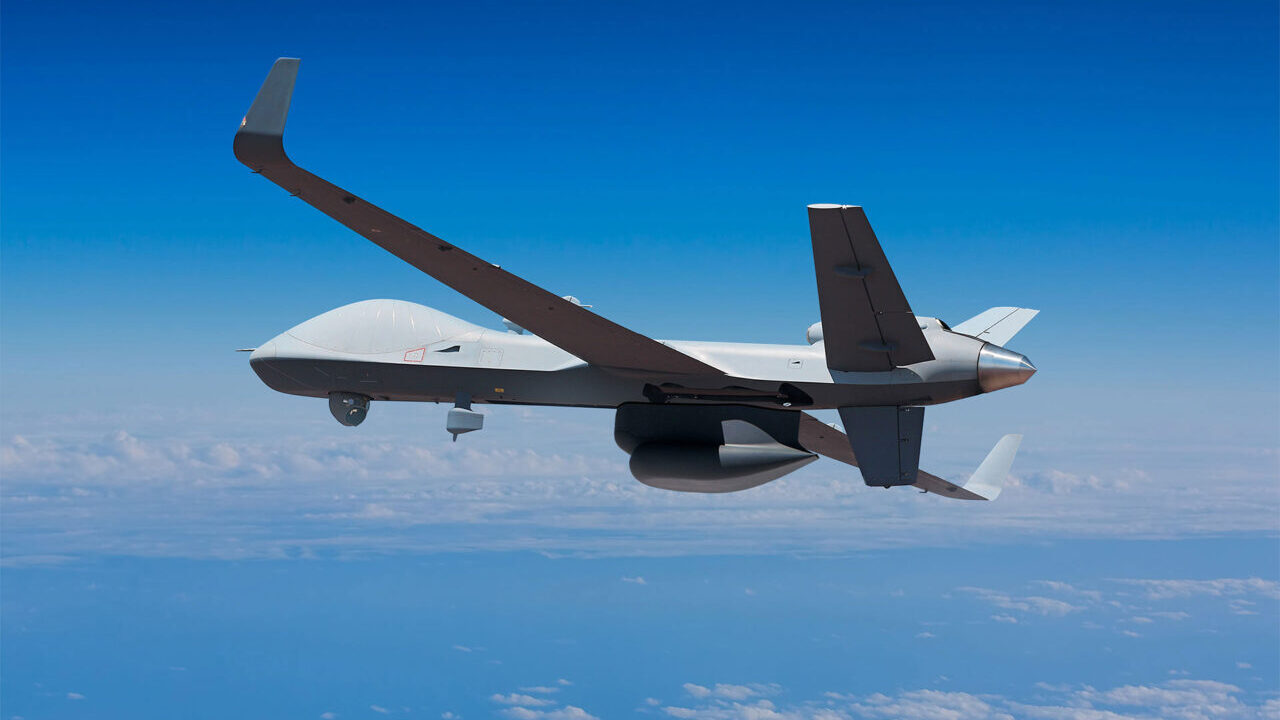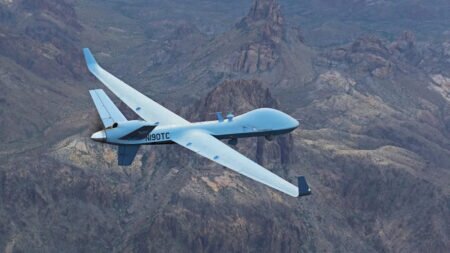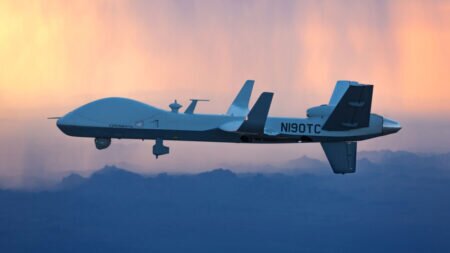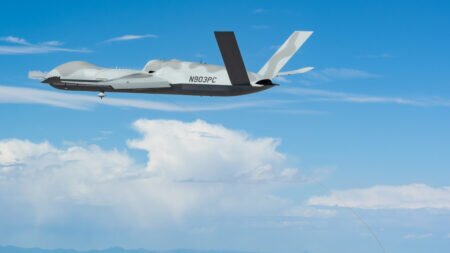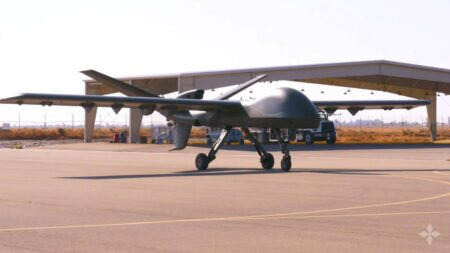General Atomics Aeronautical Systems, Inc. (GA-ASI) successfully completed an air-to-air laser communication link between GA-ASI’s Laser Airborne Communication (LAC) terminals integrated onto two company-owned King Air aircraft.
Laser communication is desirable for military applications because of its Low Probability of Intercept/Low Probability of Detection (LPI/LPD) and anti-jam capability that can support much higher data rates than radio frequency systems.
“This air-to-air demonstration was a major success and marks a critical milestone for GA-ASI’s Lasercom development team,” said GA-ASI Vice President of Mission Payloads & Exploitation, Satish Krishnan. “The success of this flight will pave the way for more opportunities to demonstrate crosslinks from aircraft to other platforms, including unmanned aircraft, maritime vessels, and space systems.”
The aircraft flew out of Montgomery Field in Kearney Mesa, Calif. on Sept. 26, 2022, and performed the test in segregated airspace near Yuma, Ariz. During the flight test, the team maintained a link at 1.0 Gigabits per second (Gbps) and exchanged data, including real-time navigation, video, and voice data.
GA-ASI has developed a family of optical communication capabilities and will play an important role in transitioning these capabilities to users in a variety of domains, from air to sea. GA-ASI expects that laser communications will enable Remotely Piloted Aircraft (RPA) produced by the company to perform beyond-line-of-sight communications for airborne, maritime, and ground users who also use optical communications, as well as with future air-to-space optical communication applications. This capability can be applied as a podded solution to GA-ASI’s full line of unmanned aircraft, including MQ-9B SkyGuardian®/SeaGuardian®, MQ-9A Reaper and MQ-1C Gray Eagle 25M.

